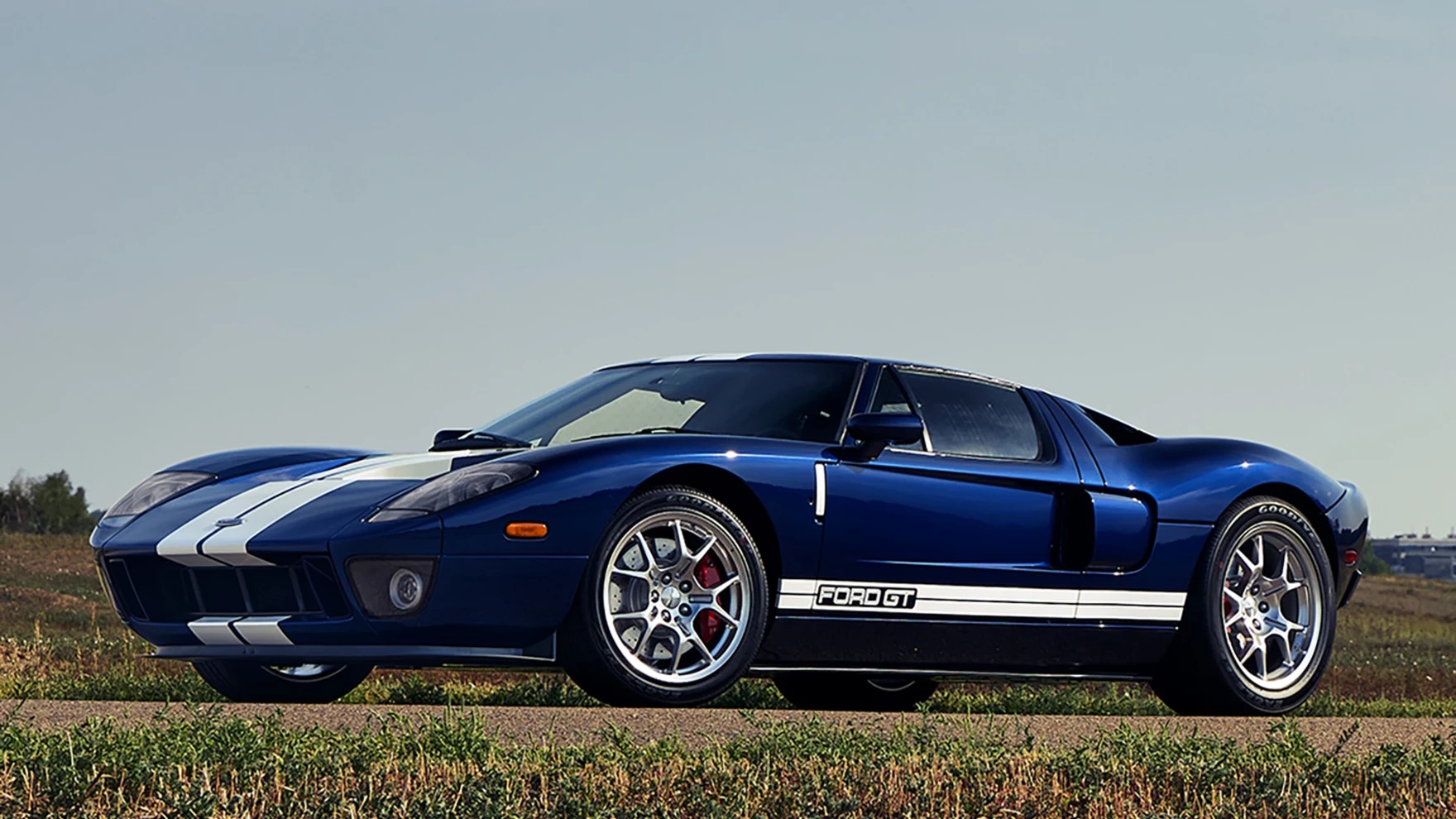Nearly one month ago, the U.S. and the Europe Union announced that the two sides had agreed to the framework of a new trade deal that sets 15 percent tariffs on most goods - including automobiles - which also reportedly involves a $600 billion dollar investment on the EU’s part in the U.S., along with an additional $750 billion slated to go to U.S.-based energy and military purchases. Now, some new details pertaining to this deal have emerged, and it seems as if some of those preliminary terms have changed in the past few weeks.
According to the Associated Press, newly released details of the trade deal between the U.S. and the EU include a 15 percent import tax on 70 percent of European goods exported to the U.S., but for now at least, those levies don't apply to things like wine, spirits and steel. In terms of U.S. automobiles and other industrial goods, those are also currently facing a rate of zero percent, save for aircraft and aircraft parts, generic pharmaceuticals, and pharmaceutical ingredients, which would be subject to 15 percent tariffs.
According to officials, this deal is merely “a first step in a process that can be further expanded to cover additional areas," and there's still work to be done when it comes to specific sectors in what amounts to a $2 trillion dollar annual trade business between the two entities. The document is also not legally binding nor final, merely representing a political commitment as the sides continue to work to hammer out something more permanent.
Ford currently builds and a handful of models in the U.S. that are exported to Europe for sale. That list includes the Ford Mustang, which has been sold in that region for quite some time now, along with the Ford F-150 – which has become more popular in a place that has long favored smaller vehicles - and the Ford Bronco, which is a fairly new addition to the European lineup. The automaker is also working to mitigate the impact of tariffs in various ways

















No Comments yet